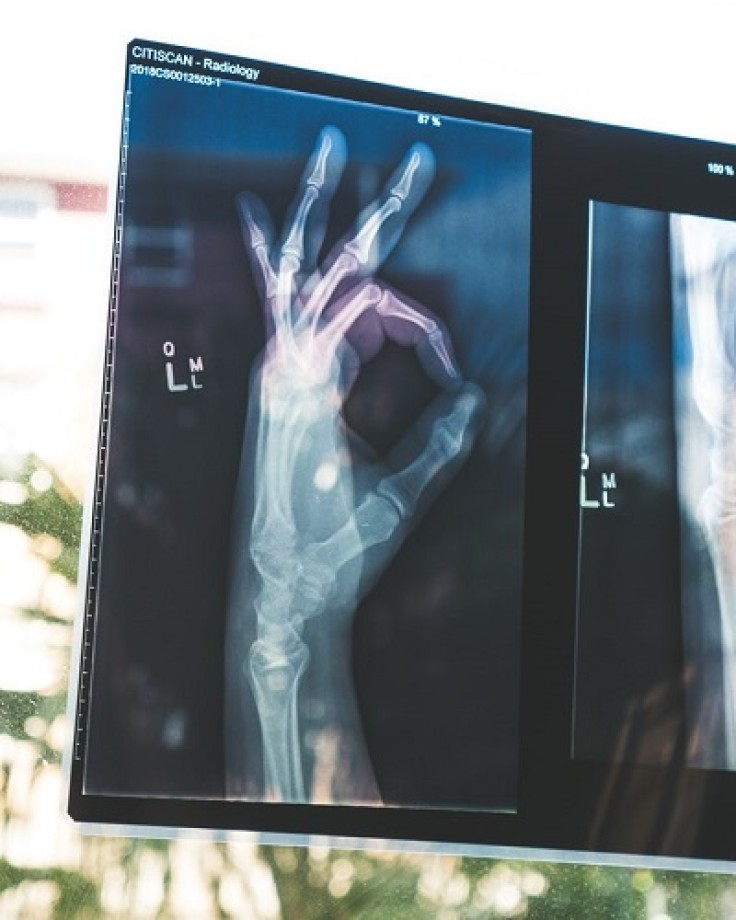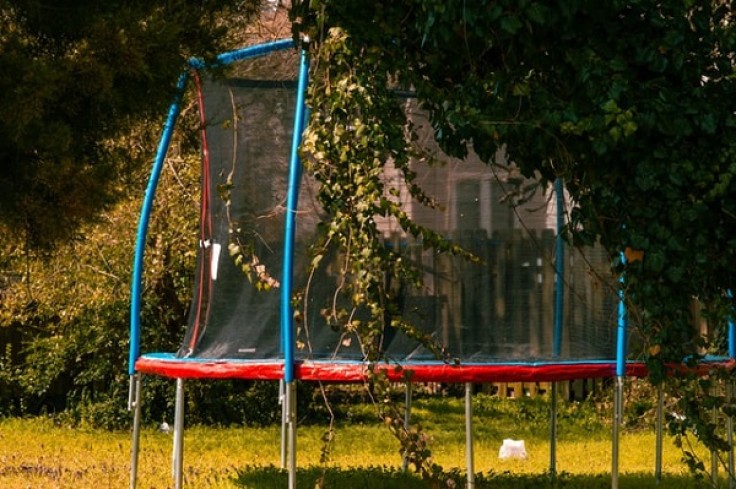The rate of pediatric fractures increased due to stay-at-home orders amid coronavirus pandemic.
A new study by the researchers at Children's Hospital of Philadelphia (CHOP) revealed that overall pediatric fractures have decreased to nearly 60 percent due to the closure of public spaces and schools. Still, the proportion of fractures sustained at home increased.
An orthopedic surgeon in CHOP's Division of Orthopedics and senior author of the study, Apurva Shah, MD, MBA, said that although the overall pediatric fractures decreased, the number of injuries caused by bicycles and trampolines have increased.
He said that parents should remember the importance of the basic safety precautions with the said activities because they become substitutes for organized sports and school activities.

Overall fracture patients decreased
The team gathered data from 1,375 acute fracture patients at CHOP from March 15 to April 15, 2020, and compared them with the same timeframe results in two previous years and found a nearly 2.5-fold decrease in the daily incidence of fractures.
They also found that the sports-related fracture cases decreased to 7.2 percent during the pandemic compared to 26 percent in the same month for the years 2018 and 2019.
Increase in fractures occurred at home
The researchers found that the number of fractures occurring at home increased by more than 25 percent, with a 12 percent increase in high-energy-fall fractures resulting from trampoline and bicycle injuries. They suggest that because the parents are finding alternative recreational activities for their kids due to the social distancing guidelines, there was a shift in injury location.

Some age groups have a more significant decline in the rate of fracture incidence compared to others. Children ages 12 and above had a five-fold reduction in the number of fracture cases monthly as compared to a 1.5-fold decrease only for children ages five and below. The researchers theorize that younger children are substituting active pursuits for their pre-pandemic activities while adolescents, who are more likely to play team sports, make fewer substitutions.
No significant difference in the use of cast alternatives
The researchers did not find any significant difference in the use of cast alternatives, such as controlled ankle motion boots during the pandemic. Still, they found that the use of Velcro wrist splints for torus distal radius fractures had a 20 percent increase.
They noted that the splints are excellent choices for use during a pandemic due to many patients are avoiding hospitals and clinics. Apart from being effective and widely available, the splints eliminate the need for a follow-up appointment to removing casts.
The research team said that alternatives like splints could provide quality care for patients not only during the pandemic but also in the future, especially when combined with telemedicine follow-up appointments.
Shah said that upon observing significant increases in the use of telemedicine and generic Velcro wrist splints prescription, the pandemic had allowed new opportunities for patient care improvements. He also said that these treatment trends could become a basis for fracture care at a low cost long after the conclusion of the outbreak.